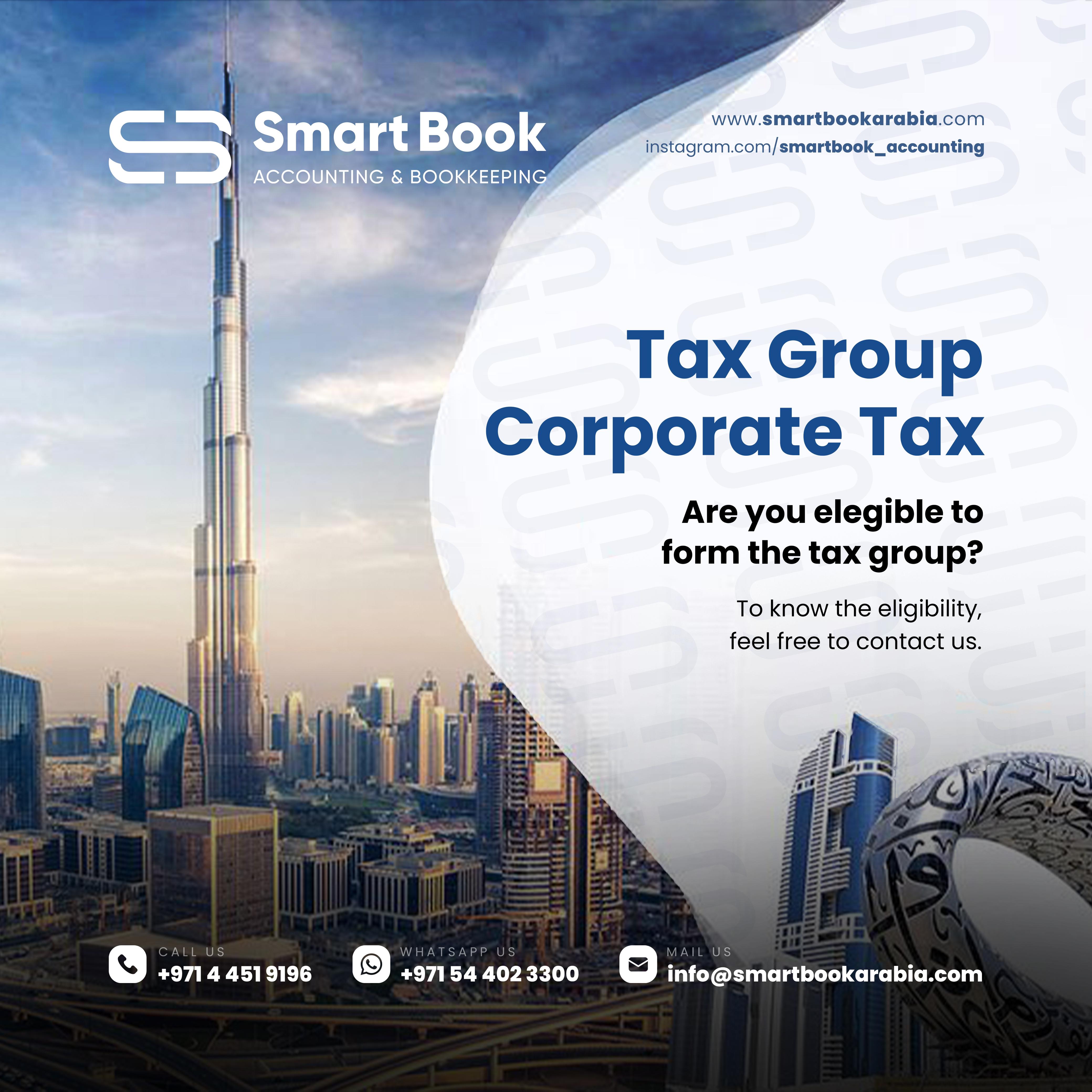Office No. M06, Mezzanine Floor, Alphamed Building, Abu Hail Road, Hor Al Anz East, Dubai, UAE.
Location
TAX GROUP
The Corporate Tax Law defines a Tax Group as two or more Taxable Persons treated as a single Taxable Person according to the conditions of Article 40 of the Corporate Tax Law.1 Only Resident Persons can be part of a Tax Group.
A Tax Group for Corporate Tax purposes is distinct from a tax group for value added tax purposes.
If the relevant conditions are met, a joint application can be made to the FTA by the Parent Company and each Subsidiary seeking to form or become a member of a Tax Group. A member of a Tax Group may refer to either a Parent Company or a Subsidiary included in the relevant Tax Group. A Subsidiary can only be a member of a Tax Group if all conditions outlined in Article 40(1) of the Corporate Tax Law are met.
There are several benefits of forming a Tax Group, which include the ability for the Parent Company to file a single Tax Return on behalf of all members of the Tax Group.
Forming a Tax Group also allows for the income and losses of the members of the Tax Group to be offset against each other. Also, generally the transfer of assets and liabilities and other transactions and arrangements between members of the Tax Group are to be disregarded when determining the Taxable Income of the Tax Group.
Condition to form Tax Group
A Parent Company and one or more Subsidiaries can make an application to the FTA to form a Tax Group where all the following conditions are satisfied:
- The Parent Company and each Subsidiary are juridical persons.
- The Parent Company and each Subsidiary are Resident Persons.
- The Parent Company owns at least 95% of the share capital of each Subsidiary, either directly or indirectly through one or more Subsidiaries.
- The Parent Company owns at least 95% of the voting rights of each Subsidiary, either directly or indirectly through one or more Subsidiaries.
- The Parent Company is entitled to at least 95% of each Subsidiary’s profits and net assets, either directly or indirectly through one or more Subsidiaries.
- Neither the Parent Company nor the Subsidiaries are an Exempt Persons.
- Neither the Parent Company nor the Subsidiaries are a Qualifying Free Zone Person.
- The Parent Company and each Subsidiary must have the same Financial Year.
- The Parent Company and each Subsidiary must prepare their Financial Statements using the same Accounting Standards.
- The share capital ownership condition, the voting rights condition and the profits and net assets condition can be met if the Parent Company holds such rights directly and/or through one or more Subsidiaries.
This means indirect ownership is only considered if it is through one or more intermediate Subsidiaries of the Parent Company.
For a Tax Group to be formed, the Parent Company and the Subsidiary must continuously meet all the above-mentioned conditions throughout the relevant Tax Period during which the Tax Group rules are applied.
This means that if both or either of the Parent Company and the Subsidiaries meet the conditions only for part of a Tax Period, it is not possible to form a Tax Group in that Tax Period.
For the Tax Group to continue to exist, the Parent Company and all Subsidiaries must meet all the above-mentioned conditions continuously throughout the relevant Tax Period.
If the Parent Company and all Subsidiaries meet the conditions only for part of a Tax Period, it is not possible for the Tax Group to continue to exist in that Tax Period, except in cases where a Parent Company is replaced by another Parent Company without discontinuation of the Tax Group.
Similarly, if any Subsidiary does not meet the conditions continuously throughout the relevant Tax Period, the subsidiary will no longer be a member of the Tax Group.
A Tax Group that existed in a Tax Period will continue to exist in the following Tax Period, provided the Parent Company and all the Subsidiaries continue to meet all the conditions throughout that next Tax Period.
Where the Parent Company and all the Subsidiaries do not continuously meet all the conditions during a subsequent Tax Period, the Tax Group will cease to exist from the beginning of that subsequent Tax Period, except in cases where a Parent Company is replaced by another Parent Company without discontinuation of the Tax Group, or where a member of the Tax Group ceases to exist because of transfer of a Business within the same Tax Group.
It may be possible to form a Tax Group again after it ceases to exist or to readmit a Subsidiary that left the Tax Group if the relevant conditions are met in a later Tax Period by applying to the FTA.
There is no limit to the number of members of a Tax Group.
However, a juridical person can only be a member of one Tax Group at any given time. Further, if a Parent Company forms a Tax Group with one or more Subsidiaries, these are regarded as a single Tax Group.
Thus, it is not possible for a Parent Company to form multiple Tax Groups with different Subsidiaries.
There is no requirement for any connection or relation between the Business or Business Activities of the members of the Tax Group.




.png)
